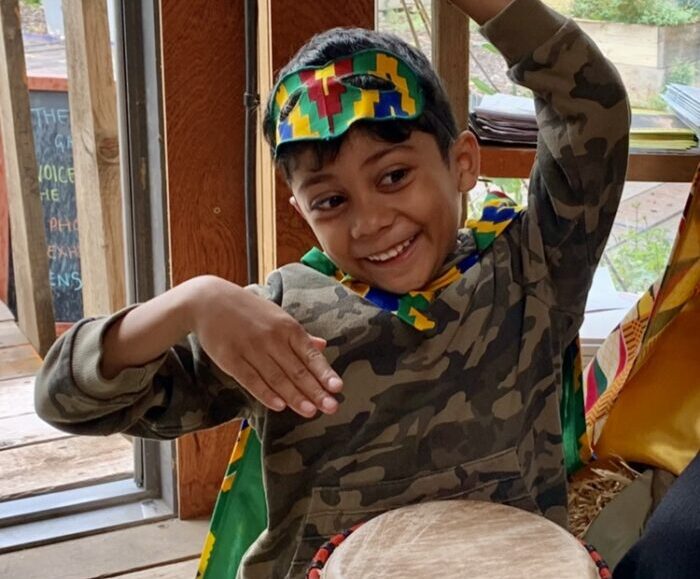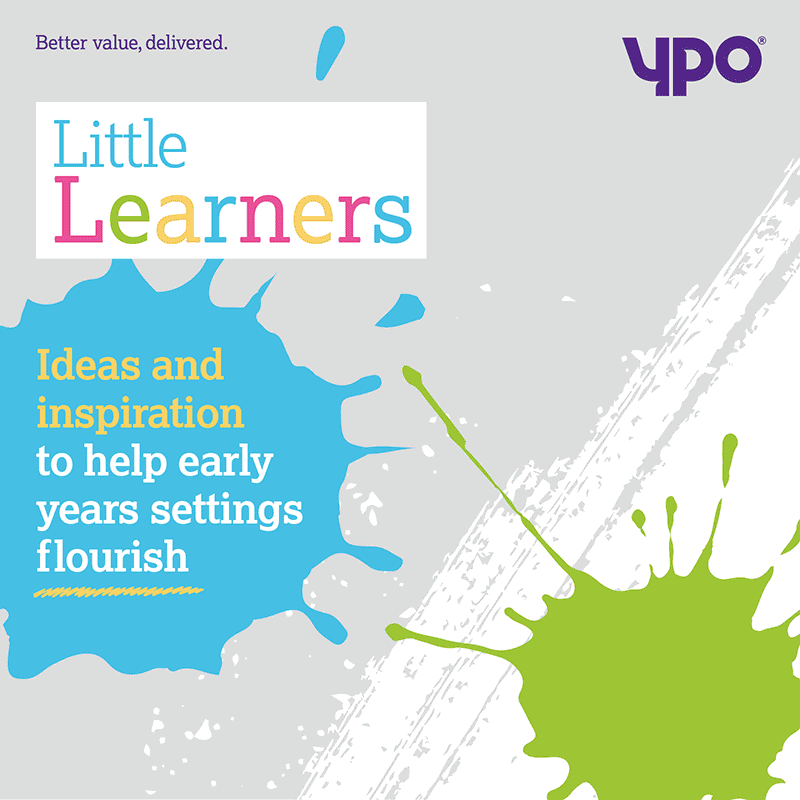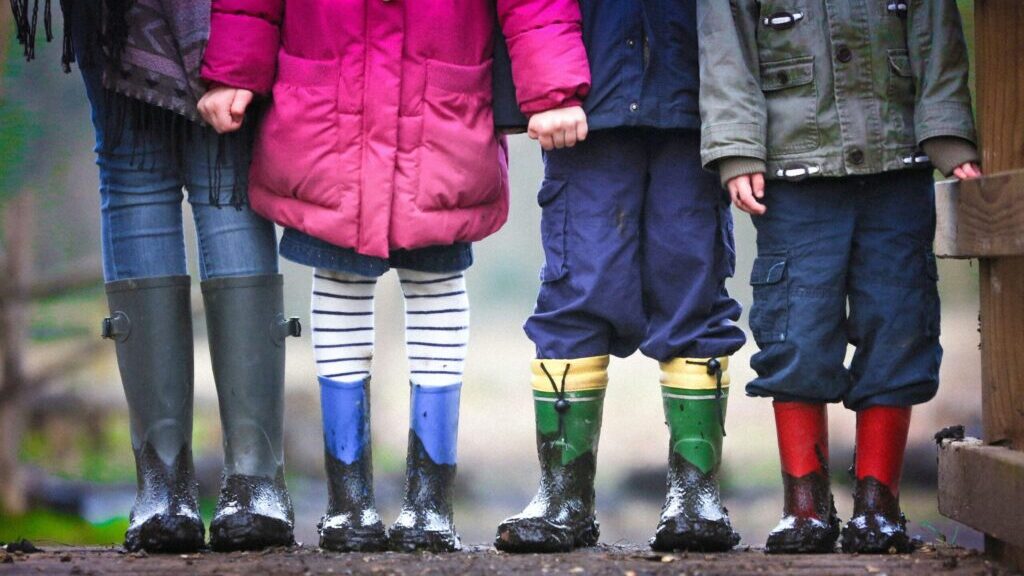Ofsted will work with the government to scrap one-word judgements across early years inspections, following the largest consultation in the sector’s…
Step into the story
Diversity in children’s books has increased significantly, but nursery managers still face challenges when it comes to creating an inclusive book corner. Charlotte Goddard finds out what questions
they should be asking

The past five years has seen a significant rise in diversity when it comes to children’s books. Research from the Centre for Literacy in Primary Education, for example, found that 52% of children’s picture books published in 2022 featured characters from minority ethnic groups, compared to just 6% in 2017.
“Nurseries are increasingly aware of the case for inclusivity in children’s literature,” says Sarah Satha, co-founder of charity Inclusive Books for Children. “On the one hand children from minoritised groups deserve to see themselves reflected in stories and not to feel excluded from such a formative aspect of their childhood. Meanwhile, children who belong to a dominant culture, who maybe go to a setting with a low level of diversity, are equipped to empathise with those who might seem superficially different from themselves.”
When children don’t see themselves reflected in any of the stories they are read, or the toys they play with, it can lead to poor self-esteem. “It starts very young,” says Catherine Boakye, founder and chief executive of Mangotree Kids. “’I don’t like my hair’, turns into ‘I don’t like my features’, then it’s ‘I don’t like my skin colour’. It is so important that nurseries have representative resources in their setting so children can feel at home and can feel good about themselves.”
Mangotree Kids was set up 20 years ago when Boakye, then working as cabin crew for an airline, began to source representative books and toys for her own children when travelling in the Caribbean, Africa and the US. “Friends started giving me shopping lists, then the children were taking books into school and the schools would ask for these products,” says Boakye.
Mangotree now creates its own books and toys, including dressing up clothes and dolls, as well as sourcing products. “Our passion and our aim is to raise the quality of the books that represent black children and children of colour,” says Boakye.
“Children learn so much about the world through their early associations with books,” agrees Katie Haworth, children’s publisher, picture books and fiction, at Oxford University Press. “I’ve come across so many young readers who are excited to see a character who looks like them or a family with a similar make-up to theirs in a story. Seeing themselves in books creates a sense of belonging – it shows children that their stories and families are important.”
However, nursery managers seeking to create a diverse and inclusive book corner still face some challenges. Choosing books is more than a tick-box exercise, and books need not only to reflect a wide range of cultures and family types and include children with disabilities, but also to do so without reinforcing stereotypes. A good start is to look at the books you already have, and consider where the gaps might be.
“It’s difficult to create an exhaustive list because diversity is so broad, but some things to consider include: a wide range of ethnic diversity, disability, neurodiversity, variations in family make-up, families in different socioeconomic situations, rural as well as urban life, diversity in body shape, diverse ages in adults depicted,” says Haworth. “I think the question to ask is whether the range of books allows the children in your nursey to feel as included as possible as well as learning about the wider world. You also want to make sure that diverse books are not just books that explore ‘issues’ because that can create the idea that difference is always a negative. Similarly, you don’t only want titles that show people from diverse backgrounds doing extraordinary things, because that gives the idea that only exceptionalism is worthy of mention.”
Inclusive Books for Children has a database of more than 1,000 books, with short snappy reviews from a team of experts in children’s literature and inclusivity and diversity. Satha launched the charity in 2022 with her husband Marcus when they couldn’t find books they felt comfortable reading to their mixed-heritage children.
“We worried that our daughter would internalise the idea that a story about someone like her, a little girl with brown skin, was not worth telling,” says Satha. Users can search for books on specific themes, types of representation or particular age groups.
Reviewers are able to veto books which offer harmful representation, and this is not uncommon, says Satha. “For example, if we are talking about the illustrations, you might have a child in a wheelchair, but it changes shape in every picture, or it is performing manoeuvres that would not be possible in real life,” she explains.
Other issues to watch out for include whether a character is there just to tick boxes, but has no voice within the story and does nothing to drive the plot. Also, just because a representative character is included, that doesn’t mean their portrayal will be positive. “Perhaps the way the character is spoken about or spoken to reinforces negative messaging that the child might experience in real life,” says Satha.
Of course one book cannot be all things to all children, which is why it’s important to have a range of books available, says Boakye. “I had a conversation recently with someone who said that the book Handa’s Surprise depicts a stereotypical version of Africa, so they don’t stock that book. I think there’s a lot of value in Handa’s Surprise in terms of its educational content, but if you have a book that depicts Africa in its traditional setting you should also have a book that shows Africa today. Africa is a modern continent, and if you only show the village, then the child is going to grow up thinking that is Africa. Of course, it’s also important to reflect UK life with black content as well.”
Despite the growth in diverse representation in books, it continues to be difficult to find suitable books for the very youngest children. “It is hard to source good-quality board books for the zero-]to-18 month age range,” says Boakye. “We are going to bring out a board version of our book about African drumming, Jolly Djembe.”

Creating an inclusive book corner doesn’t have to be a chore. Mangotree sells packs of books, which allow nurseries to buy a whole range of books for different ages all at once. Inclusive Books for Children features a top-10 book list for each age category, which is a way of creating an “instant diverse bookshelf ” says Satha. “It will have our very favourites, with something for everyone in terms of inclusivity and representation. We update it regularly – we are trying to make it as easy as possible for people to achieve that for their library and reading corner.”
Latest Managers
Nursery worker Rebecca Gregory has been jailed for three years after a “harrowing” investigation into neglect at Tiny Toes Nursery…
A quarter (25%) of councils are not confident there will be enough early years places for children in their local…





